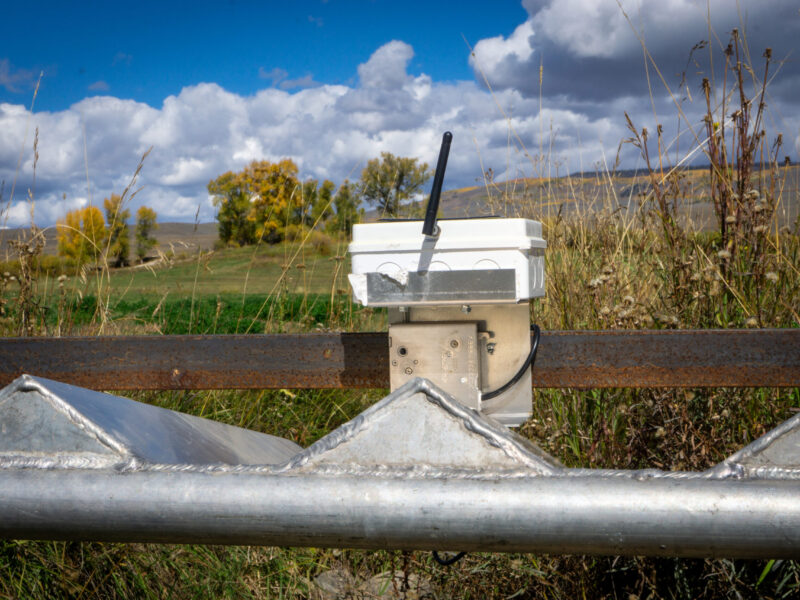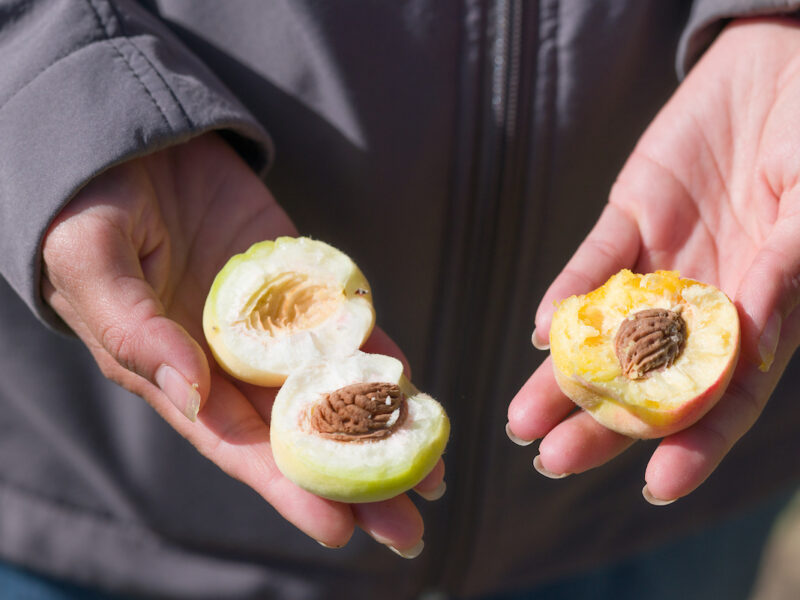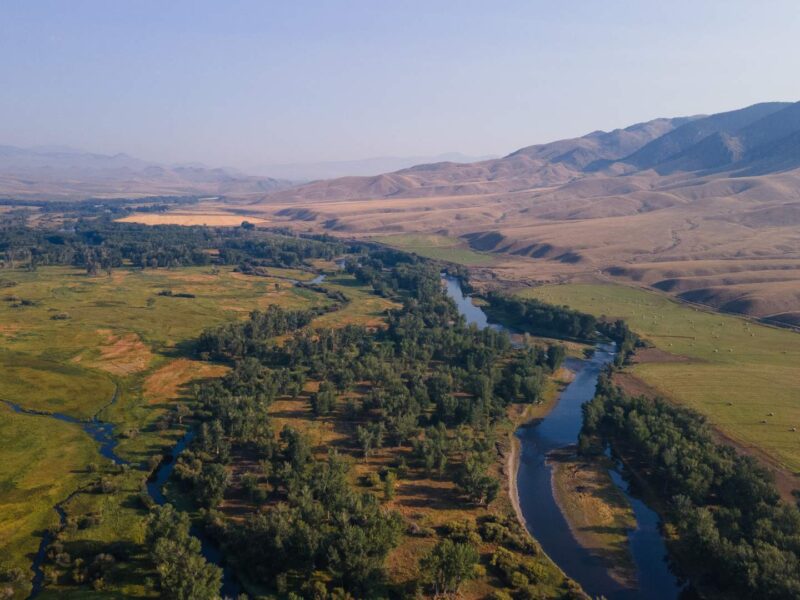Reviving Through Regreening: Exploring opportunities for reversing desertification
The final event of our Summer Water Webinar series, held on August 30th, brought together a diverse group of experts and stakeholders to discuss innovative strategies for water restoration in the arid American West. Titled “Reviving through Regreening: Exploring opportunities for reversing desertification,” the panel offered a deep dive into the concept of regreening, with insights from both landowners and scientists dedicated to studying this work. The discussion centered on regreening methodologies applied to private lands, exploring their scientific and practical implications, and underscoring their significance for the water cycle and landscape-wide impacts.
Altar Valley Conservation Alliance: Tackling Erosion and Water Retention
The session opened with Sarah King, Executive Director of the Altar Valley Conservation Alliance (AVCA), who detailed the Alliance’s efforts to combat erosion and enhance water retention in Arizona’s Altar Valley watershed. King highlighted the crucial role of “dry water”—subsurface water that, while invisible, is essential for maintaining vegetation and soil health.
She showcased the success of AVCA’s Elkhorn/Las Delicias demonstration project, which employs erosion control structures to restore upland channels. Over the past decade, these efforts have significantly improved soil consistency and increased vegetation cover, demonstrating the long-term resilience these techniques can provide against drought.
Later in the webinar, King announced a significant milestone: the AVCA has secured a major grant from the Bureau of Reclamation, enabling them to expand their restoration work. This new funding will support several priority projects across the valley, strengthening partnerships with local entities such as Pima County Regional Flood Control District and the City of Tucson, balancing flood control efforts with ecological stability.
Restoring Hydrological Functions: Simple Yet Effective Techniques
Aaron Kauffman, founder of Southwest Urban Hydrology, offered practical insights into restoring hydrological functions. He emphasized capturing and retaining precipitation at its source using simple structures like one-rock dams and media lunas. These low-impact, volunteer-friendly interventions are highly effective at promoting soil moisture retention and encouraging vegetation growth.
Kauffman stressed the importance of selecting methods tailored to specific erosion types and local landscapes, showing how simple, strategically placed structures can make a significant difference in water retention and ecosystem health.
He also highlighted the need to integrate these hydrological restoration practices into broader conservation and climate resilience strategies. By encouraging collaboration among urban planners, engineers, and community organizers, Kauffman argued that water should be treated as a valuable resource, not just a problem to manage.
The Role of Natural Infrastructure in Dryland Streams
Dr. Laura Norman, Supervisory Research Physical Scientist at USGS, provided a scientific perspective on natural infrastructure in dryland streams (NIDS) – a term she coined. Her research emphasizes the crucial role of NIDS in maximizing landscape water retention and improving soil health. Structures such as rock detention dams, whether built by humans or beavers using rock, wood, and mud, are highly effective in storing water, sediment, and carbon. These structures can create or restore riparian wetlands in degraded watersheds, sustaining processes that enhance fluvial ecosystem resilience.
Norman underscored that NIDS not only support key ecosystem functions but also initiate positive feedback loops that help mitigate the effects of climate change. By reinforcing these natural systems, we can build greater resilience against climate variability.
Dr. Norman concluded the discussion with a hopeful message, highlighting the importance of education and community involvement in sustaining restoration efforts. While challenges persist, she pointed to the growing momentum toward a restoration economy, with the potential for these practices to have a large-scale impact on climate resilience.
Major Takeaways
Throughout the webinar, a common thread was the vital connection between healthy watersheds and resilient communities. Effective water management demands ongoing, collaborative efforts across diverse landscapes and stakeholders. By applying these practices across different management boundaries, we can better address the challenges of drought, erosion, and land degradation.
As the Summer Water Webinar series wraps up, we hope that the shared stories of success, collaboration, and innovation inspire action toward practical, sustainable water management solutions, helping to build more resilient landscapes for generations to come.




